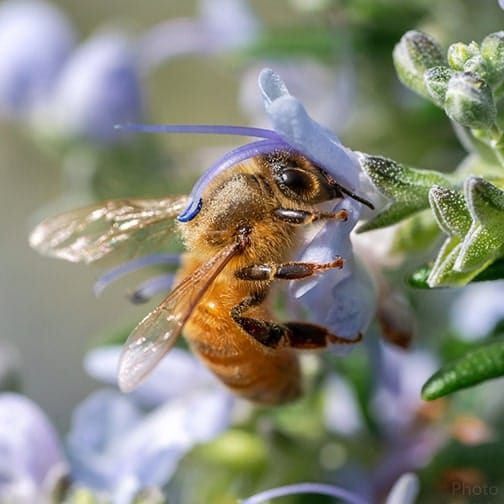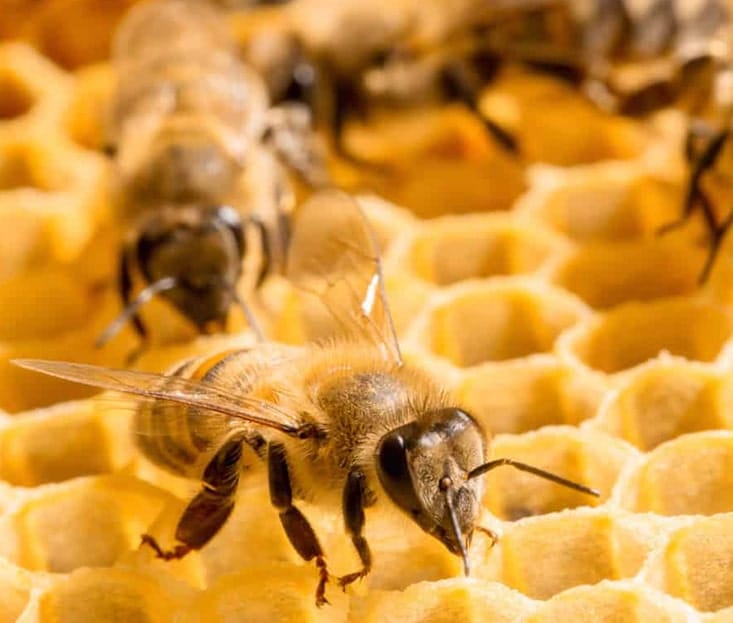
Thymes Honey
Quick Access :
General information
General
Information :
Information :
Thyme is a member of the nectar-producing mint family; also it is the source of other flavorful honeys such as mint, sage, oregano, and lavender. It is best cultivated in a hot, sunny location with well-drained soil. It is generally planted in the spring, and thereafter grows as a perennial. It can be propagated by seed, cuttings, or by dividing rooted sections of the plant. It tolerates drought well. The plants can take deep freezes and are found growing wild on mountain highlands.Thyme flower Honey is a medium sweet, viscous food substance made by bees and some related insects.

The color of thyme honey is light amber to amber when liquid, beige to brown when it is crystallized. It is a very strong, intensely aromatic honey with resinous, herbal, savory flavors; fresh and reminiscent of tropical fruits, dates and white pepper.
Product benefits
Thymes Honey
Benefits :
- Having antiseptic properties
- Having antimicrobial properties
- Having anti-fungus properties
- Being used in commercial mouth wash
- Being used as a pest repellent and mild insecticide
- Lowering blood pressure
- Helping to stop coughing
- Boosting your immunity
- Being used in skin-care products
- Boosting your mood
- Being used in cuisines such as french ones
How to Produce
How To
Produce :
The honey is produced between the second half of June and the first half of July. The color of thyme honey is light amber to amber when liquid, beige to brown when it is crystallized. Floral thyme honey presents quite high values of diastase, high values of proline, fructose and acidity (causing a quick increase in HMF); the specific rotation has the lowest values. Thymes Honey is produced by bees collecting flower nectar for use as sugars consumed to support metabolism of muscle activity during foraging or to be stored as a long-term food supply. During foraging, bees access part of the nectar collected to support metabolic activity of flight muscles, with the majority of collected nectar destined for regurgitation, digestion, and storage as thyme honey. In cold weather or when other food sources are scarce, adult and larval bees use stored honey as food.

Packaging
Packaging :
As far as packaging is concerned, there are various options – cups, glasses, cans, buckets. We can provide thyme honey in each quantity that our client wants, there are no limited in weight and destination or in packed.
